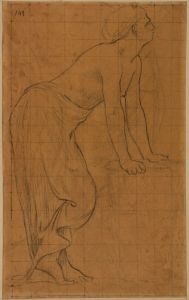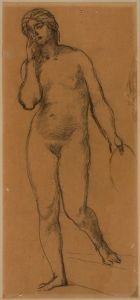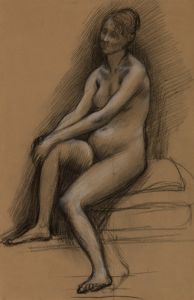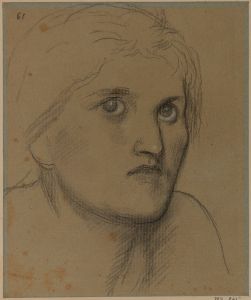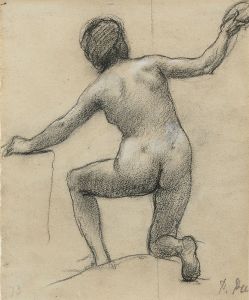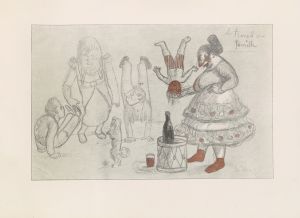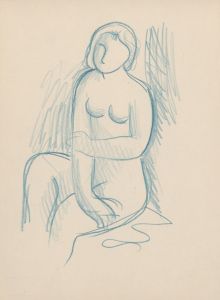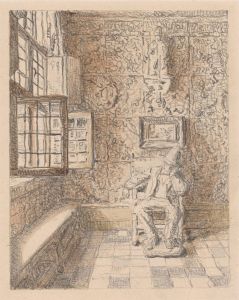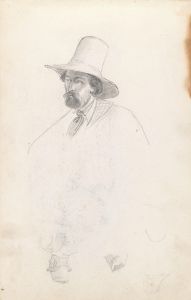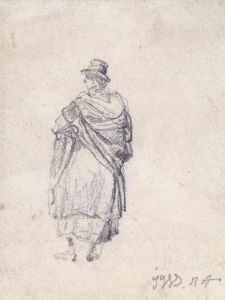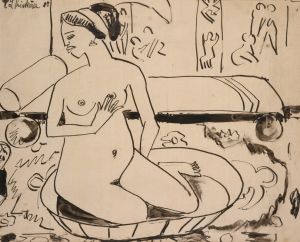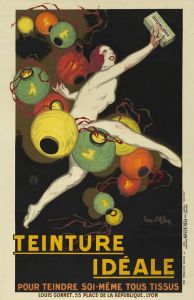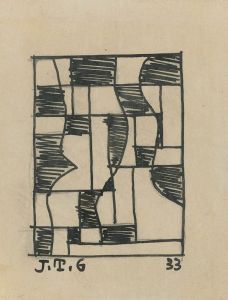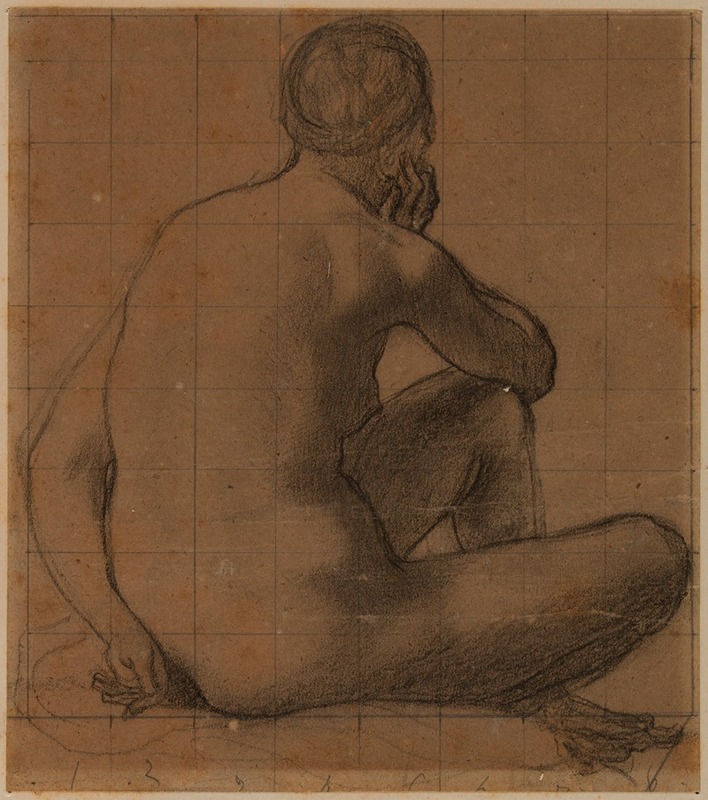
Femme assise, nue de dos
A hand-painted replica of Pierre Puvis de Chavannes’s masterpiece Femme assise, nue de dos, meticulously crafted by professional artists to capture the true essence of the original. Each piece is created with museum-quality canvas and rare mineral pigments, carefully painted by experienced artists with delicate brushstrokes and rich, layered colors to perfectly recreate the texture of the original artwork. Unlike machine-printed reproductions, this hand-painted version brings the painting to life, infused with the artist’s emotions and skill in every stroke. Whether for personal collection or home decoration, it instantly elevates the artistic atmosphere of any space.
Pierre Puvis de Chavannes (1824–1898) was a prominent French painter known for his large-scale murals and allegorical works. His painting Femme assise, nue de dos (translated as Seated Woman, Nude from the Back) is a lesser-known but notable example of his exploration of the human form and his interest in classical themes.
This artwork depicts a nude woman seated with her back turned to the viewer. The composition emphasizes the contours and natural curves of the human body, rendered with a sense of softness and subtlety. The muted color palette and delicate brushwork are characteristic of Puvis de Chavannes' style, which often sought to evoke a timeless and serene atmosphere. The simplicity of the pose and the absence of elaborate background details draw attention to the figure itself, highlighting the artist's focus on form and composition.
Puvis de Chavannes was a key figure in 19th-century French art and is often associated with the Symbolist movement, although his work also reflects elements of Neoclassicism and Romanticism. He was highly regarded during his lifetime and influenced many later artists, including the Post-Impressionists and early Modernists. While Femme assise, nue de dos may not be as widely recognized as some of his monumental murals, it reflects his mastery of the human figure and his ability to convey a sense of quiet introspection.
The exact date of the painting's creation is not widely documented, and specific details about its provenance or exhibition history are limited. However, it is consistent with Puvis de Chavannes' broader body of work, which often explored themes of idealized beauty and harmony. The painting is an example of his ability to balance simplicity with emotional depth, a hallmark of his artistic approach.
As with many of Puvis de Chavannes' works, Femme assise, nue de dos demonstrates his preference for timeless, universal subjects over specific narratives or historical references. This approach allowed his art to resonate with a wide audience and contributed to his enduring legacy in the history of art.






